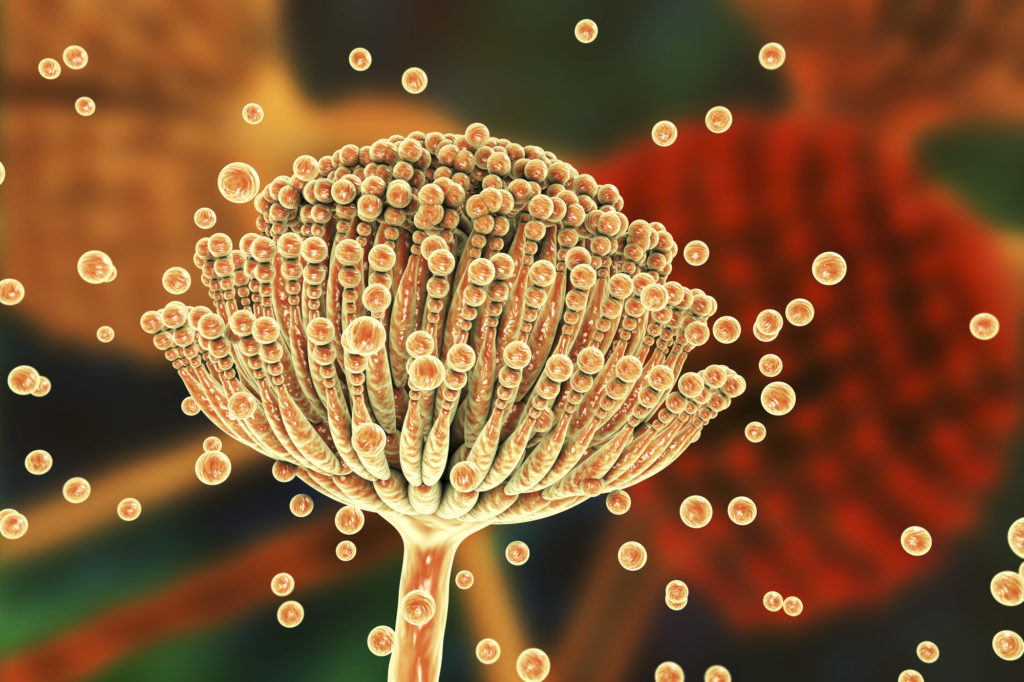
It lurks in the ventilation system…
It watches you from the walls…
It’s about to sneak up on you in the bathroom shower.
It’s toxic, it can kill you, and it’s after you.
Toxic mold that is.
This horror story is much more than just a story. Toxic mold is very real, and it just might be invading your home right now.
If you suspect mold in your home, your first question should be, “is it dangerous?” Certain kinds of mold are inherently more dangerous than others.
Here are 5 of the most dangerous types of toxic mold.
Black Mold
Less commonly known by its scientific name, Stachybotrys, this mold is arguably one of the most dangerous types of toxic mold. If disturbed, this mold releases mycotoxins, which can cause some serious side effects.
Some side effects might include:
-Respiratory irritation
-Eye irritation
-Sore throat
-Fatigue
-Central Nervous System Complications
Small children, those with compromised immune systems, and the elderly are the most susceptible to this type of mold.
Penicillium
This is the type of mold you’ll find growing on your spring vegetables. There are about 200 different kinds of Penicillium. You’ll find this mold growing in a high moisture environment. This type of mold has been linked to asthma, nail fungus, and even liver and kidney infections.
Lookout for this mold, especially on your walls, wallpaper, or carpets.
Cladosporium
With around 40 different species, this mold commonly presents itself in a green, brown, or gray color. While Cladosporium is a common household mold, it’s not to be taken lightly. This mold associates itself with pulmonary edema, and emphysema.
We weren’t kidding about the ventilation system, keep your ducks in order and keep your ducts clean.
Fusarium
Don’t think you can freeze this one out. Fusarium grows in even the chillier climates. This toxic mold is most commonly found on water-damaged carpets or fabrics.
Perfect for a Halloween horror story, this orangey mold is the silent killer. It tends to hide its symptoms as common allergies, asthma, or a mild cough. You’ll never see this one coming.
Aspergillus
Last on the list is Aspergillus with about 200 species. While this one is still very toxic, it’s the least of your worries. Only 16 of those 200 species are considered dangerous to humans, none of which will leave you in the grave. This yellowy-green mold is most often found indoors. Left untreated, this mold can cause lung infections, also known as hypersensitivity pneumonitis.
If you’re worried that you have mold growing in your home, you can always hire a mold testing company to confirm your suspicions.
Scariest Types of Toxic Mold
We share this world with mold, but unlike mom said, we don’t have to learn to get along. We will fight, and we will win.
These types of toxic mold naturally produce chemicals during their growth. These chemicals are what classify the mold as toxic, or poisonous.
Mold grows in sneaky places, so you’ve got to remember to clean in between the cracks, especially the damp ones.

